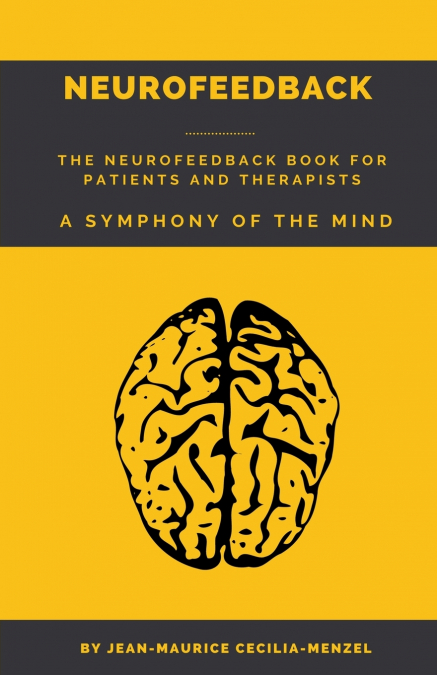
 Librería Perelló (Valencia)
Librería Perelló (Valencia)
 Librería Aciertas (Toledo)
Librería Aciertas (Toledo)
 Librería Elías (Asturias)
Librería Elías (Asturias)
 Donde los libros
Donde los libros
 El AlmaZen del Alquimista (Sevilla)
El AlmaZen del Alquimista (Sevilla)
 Librería Kolima (Madrid)
Librería Kolima (Madrid)
 Librería Proteo (Málaga)
Librería Proteo (Málaga)
Neurofeedback is a form of biofeedback, characterized by the ability to consciously control the brain waves. During neurofeedback therapy, the brain waves are recorded using electroencephalography (EEG). The components of the EEG are extracted and demonstrated to the therapy recipients as audio, video, or both. During neurofeedback therapy, therapy recipients are capable of assessing the changes and their progress for optimum treatment performance. The recipients tend to improve their brain patterns in response to the assessed changes. Neurofeedback treatment protocols comprise alpha, gamma, theta, delta, and beta treatment. The treatment protocols may also include a combination of these components, such as beta/theta ratio and alpha/theta ratio. Frequently used treatment protocols include alpha/theta ratio, alpha, theta, and beta treatment. Subsequent subsections will discuss the different aspects of neurofeedback training. After going through all the chapters of this book, you will acquire a greater understanding of the electrical activity of the brain and how it can be utilized in neurofeedback training to facilitate the treatment, management, and diagnosis of various health conditions. Neurofeedback therapy is a cost-effective and non-invasive approach that is performed by trained and experienced EEG technicians or technologists, using the EEG system, electrodes, salts and gels, and an amplifier. Various forms of neurofeedback therapy are available along with different types of treatment protocols, each of which is specifically tailored for a certain region of the brain with a particular function.